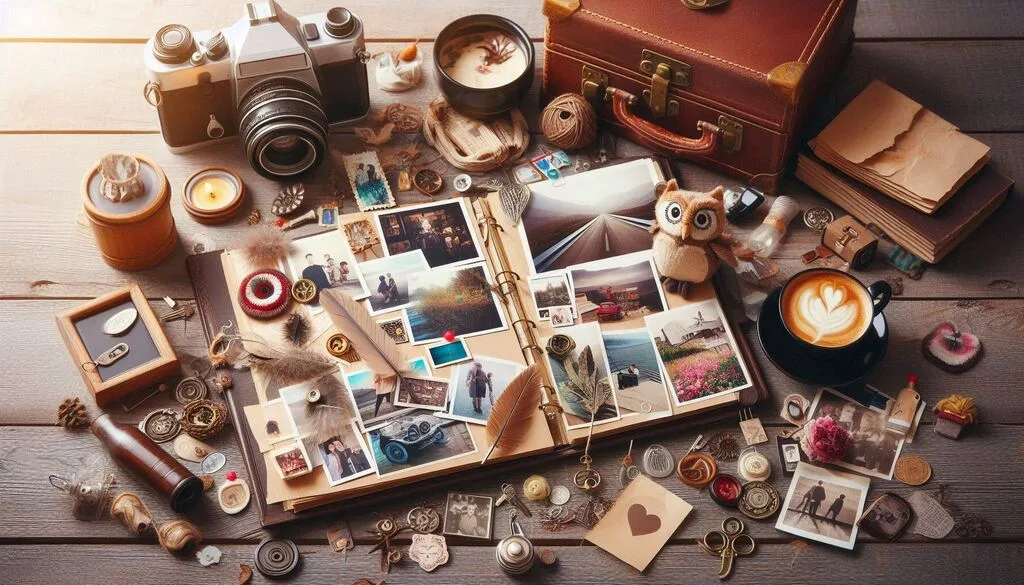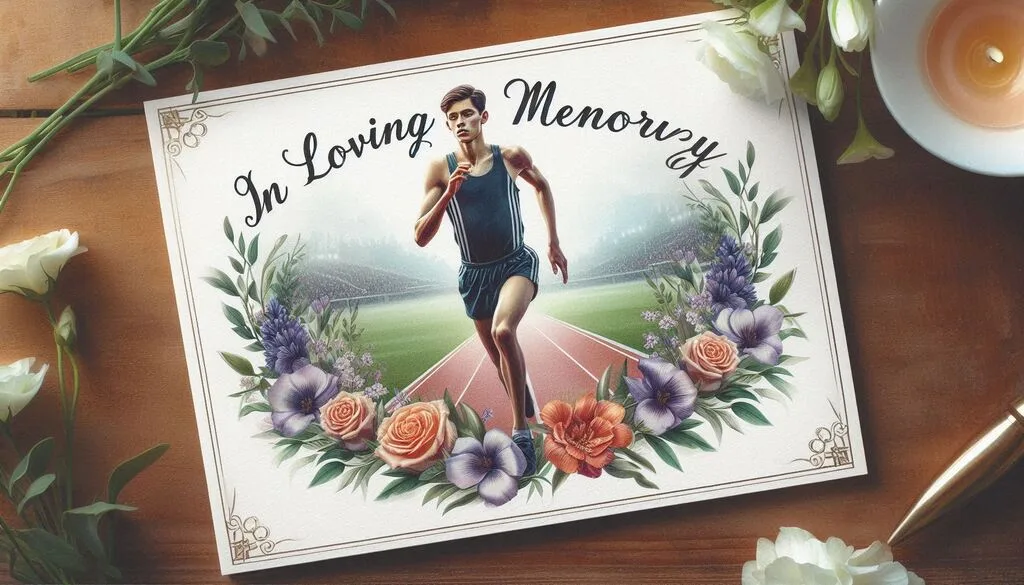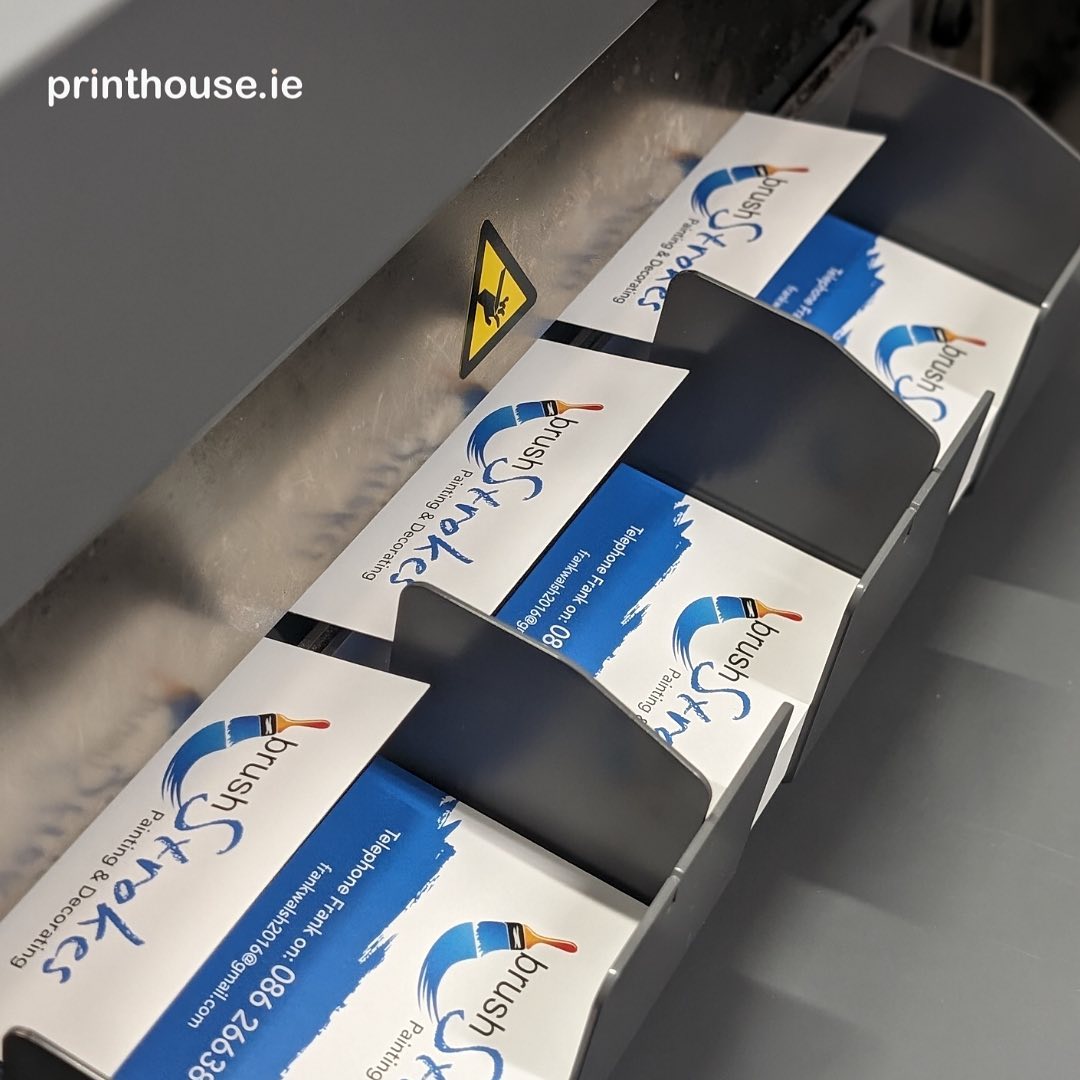In the journey of life, we all face moments of loss and remembrance. When we gather to honour those who have passed, memorial cards serve as tangible tokens of love, respect, and cherished memories. These small yet powerful keepsakes not only commemorate a life well-lived but also offer comfort to those left behind. In this comprehensive guide, we’ll explore the art of creating and printing memorial cards, delving into their significance, design elements, and the stories they tell.
The Significance of Memorial Cards
Memorial cards, also known as prayer cards or remembrance cards, have been a tradition in many cultures for centuries. These small, often wallet-sized cards serve multiple purposes:
- A Lasting Tribute: They provide a tangible reminder of the deceased, allowing friends and family to carry a piece of their loved one’s memory with them.
- Comfort in Grief: For many, these cards offer solace during the grieving process, serving as a focal point for prayers or reflection.
- Sharing Memories: Memorial cards often include photos, quotes, or anecdotes that capture the essence of the person being remembered, helping to keep their spirit alive.
- Keepsakes from Services: Distributed at funerals or memorial services, these cards become cherished mementos of the gathering.
The Journey of Creating a Memorial Card
Creating a memorial card is a deeply personal process, often filled with emotion and reflection. Please be sure to check out RIPMemorialCards.ie for Verses, Poems and Ideas. Now let’s walk through the steps, incorporating real experiences and stories along the way.
1. Gathering Memories
The journey begins with collecting memories, photos, and sentiments. This process can be both heart-warming and cathartic for family members.
Emily’s Story: “When we sat down to create Dad’s memorial card, we spread out old photo albums on the dining room table. For hours, we laughed and cried as we rediscovered forgotten moments – his goofy grin on fishing trips, the proud smile at my graduation. It felt like he was there with us, guiding our choices.”
2. Choosing the Perfect Photo
Selecting the right image is crucial. It should capture the essence of the person and evoke positive memories.
Tip: Consider using a combination of a formal portrait and a candid shot that showcases the person’s personality.

3. Crafting the Written Content
The text on a memorial card typically includes:
- Full name of the deceased
- Dates of birth and death
- A meaningful quote, verse, or prayer
- A brief personal message or life highlight
Michael’s Experience: “For my grandmother’s card, we chose her favourite Bible verse. But we also included the phrase ‘Queen of the Kitchen’ because her cookies were legendary in our family. It made people smile even as they mourned.”
4. Designing the Layout
The design should be respectful and elegant while reflecting the personality of the deceased. Some popular styles include:
- Classic and formal with traditional religious imagery
- Nature-themed with calming landscapes
- Personalized with hobbies or interests (e.g., musical notes for a musician)
Designer’s Insight: “I always ask families to provide a few keywords about their loved one. For a former teacher, we incorporated subtle chalkboard elements into the border design. It was a hit with all her former students at the service.”
5. Choosing Materials and Printing Options
The quality of the card speaks volumes. Options include:
- Paper type: From standard cardstock to premium linen or metallic papers
- Finishes: Matte, glossy, or soft-touch coatings
- Special features: Embossing, foil stamping, or die-cutting
Printer’s Advice: “We once had a family bring in a pressed flower from the deceased’s garden. We carefully scanned it and incorporated it into the card’s background. It was a beautiful, personal touch that the family treasured.”
Types of Memorial Cards
Memorial cards come in various formats, each offering unique ways to preserve memories:

- Thank You Cards: Small, often laminated cards featuring a religious image on one side and a prayer or message on the other.
- Bookmarks: A practical option that allows loved ones to keep the memory close as they read.
- Folded Cards: These provide more space for photos and text, almost like a mini-program of the person’s life.
Florist’s Tale: “A client once ordered seed paper memorial cards for her mother, an avid gardener. At the service, she invited attendees to plant the cards in a dedicated memory garden. It’s now a beautiful, living tribute that the whole community enjoys.”
Designing for Different Life Stories
Every life is unique, and memorial cards should reflect that individuality. Here are some ways to personalize cards for different life journeys:
The World Traveller

For someone who loved to explore, consider:
- Incorporating a world map background
- Using passport stamp-style elements in the design
- Including a favourite travel quote
Travel Agent’s Anecdote: “We created a card for a client’s husband who had visited all seven continents. We used a subtle globe watermark and listed all the countries he’d visited in tiny text to form a border. It was like a final passport stamp on his greatest journey.”
The Artist

For a creative soul:
- Use their artwork as a background or feature
- Incorporate paintbrush or palette design elements
- Choose a quote about the power of art
The Athlete

To honour a sports enthusiast:
- Use team colours in the design
- Include a famous sports quote they loved
- Subtly incorporate equipment (e.g., baseball stitching) into the border
Coach’s Memory: “For one of our former star players, we designed a card that looked like a baseball card. One side had his stats – not just from sports, but life achievements like ‘3 kids, 8 grandkids, 1000+ dad jokes told.’ It perfectly captured his playful spirit.”
The Nature Lover

For outdoor enthusiasts:
- Use images of their favourite landscapes
- Incorporate elements like leaves or mountains into the design
- Consider the seed paper option for a living memorial
The Printing Process: From Design to Delivery
Once the design is finalized, the printing process begins. Here’s what to expect:
- Proofing: Always request a digital proof and a physical sample before full production.
- Paper Selection: The weight and texture of the paper can significantly impact the final product.
- Printing Method: Digital printing is cost-effective for smaller runs, while offset printing offers premium quality for larger quantities.
- Finishing Touches: Consider options like corner rounding, lamination, or specialty coatings.
- Quality Check: Reputable printers will manually inspect cards for any defects.
- Packaging: Proper packaging ensures the cards arrive in perfect condition.
Printhouse.ie Promise: “We treat every order with the utmost care, knowing how important these cards are. I remember staying late one night to personally deliver a rush order to a family before their service the next morning. The relief and gratitude on their faces reminded me why this work matters so much.”
Digital Alternatives and Enhancements
While physical cards hold a special place, digital options are becoming increasingly popular:
- QR Codes on Physical Cards: Link to an online memorial page with more photos and stories.
- Virtual Memorial Cards: Easily shareable via social media or email.
- Augmented Reality: Some services now offer AR features, allowing people to scan the card and see a video message or 3D photo gallery.
Tech Expert’s Vision: “We’re working on integrating memorial cards with smart home devices. Imagine being able to say, ‘Hey Google, tell me about Grandpa,’ and having his memorial card information, stories, and even voice recordings played back. It’s a way to keep memories alive in our daily lives.”
The Healing Power of Memorial Cards

Beyond their practical purpose, memorial cards play a significant role in the grieving and healing process:
- Conversation Starters: They provide an easy way for people to share memories of the deceased.
- Grief Anchors: In moments of sadness, these cards offer a tangible connection to loved ones.
- Legacy Continuation: They help ensure that stories and values are passed down through generations.
Grief Counsellor’s Insight: “I often suggest clients keep their loved one’s memorial card in a place they’ll see regularly – a wallet, a bedside table, or a car dashboard. It’s not about dwelling in sadness, but about maintaining a connection. One client told me that seeing her mother’s card each morning as she grabbed her car keys helped her feel like Mom was still with her, cheering her on for another day.”
Etiquette and Distribution
Navigating the distribution of memorial cards requires sensitivity. Here are some guidelines:
- Offer cards to attendees as they enter or exit the service
- Include cards with thank-you notes sent after the funeral
- Keep extra cards for those who couldn’t attend the service
Funeral Director’s Advice: “We always suggest families order more cards than they think they’ll need. Months or even years later, people often find comfort in having these cards to share with others who knew their loved one.”
Preserving Memorial Cards
To ensure these precious mementos last, consider:
- Storing them in acid-free sleeves or albums
- Keeping them away from direct sunlight to prevent fading
- Creating digital scans as backups
Archivist’s Tip: “I encourage families to write down the stories behind the elements chosen for the card – why that photo, that quote, that design. This context becomes invaluable for future generations.”
The Future of Memorial Cards
As technology advances, we’re seeing new trends in memorial cards:
- Biodegradable Options: Cards that naturally decompose, symbolizing the circle of life
- Interactive Elements: NFC-enabled cards that can trigger digital content when tapped with a smartphone
- Customizable Designs: Online platforms allowing families to easily create professional-looking cards
Industry Innovator’s Prediction: “We’re exploring cards made with special inks that reveal hidden messages or images when exposed to sunlight or heat. Imagine a card that ‘blooms’ with colour when held, symbolizing the warmth of memory.”
Conclusion: More Than Just Paper and Ink
Memorial cards are far more than simple printed items. They are vessels of memory, carriers of love, and bridges between generations. In creating these cards, we engage in an act of storytelling, distilling a lifetime of experiences into a pocket-sized tribute.
Whether traditional or tech-enhanced, each card represents a unique life and the indelible mark it left on the world. As we hold these cards, we hold a piece of history, a fragment of a heart, and a promise to remember.
In the end, memorial cards remind us that while life is fleeting, love and memory endure. They challenge us to live lives worth commemorating and to cherish the stories of those who came before us. In this way, a simple card becomes a powerful legacy, ensuring that those we’ve lost are never truly gone, but live on in the hearts and minds of all who knew them.
As you consider creating memorial cards for your loved ones, remember that each choice – from the feel of the paper to the curve of a smile in a photo – is an opportunity to celebrate a unique life. In these small but significant decisions, we find healing, connection, and the beautiful continuity of human experience.



